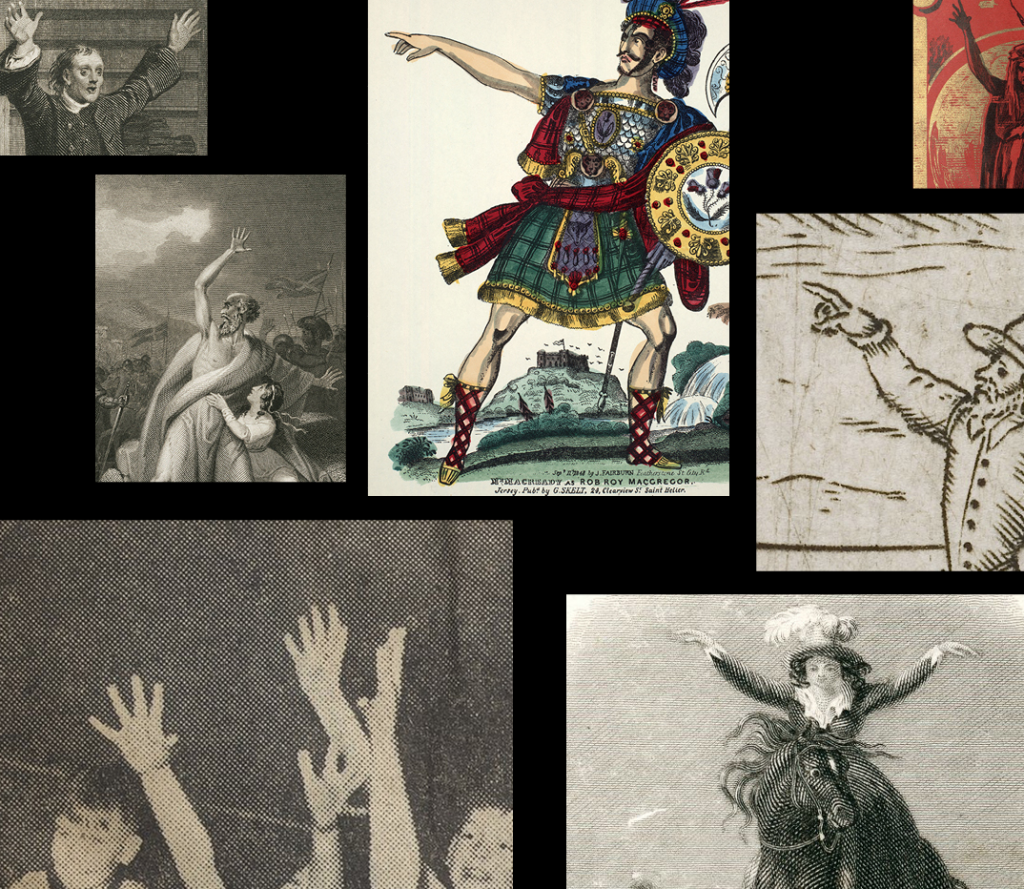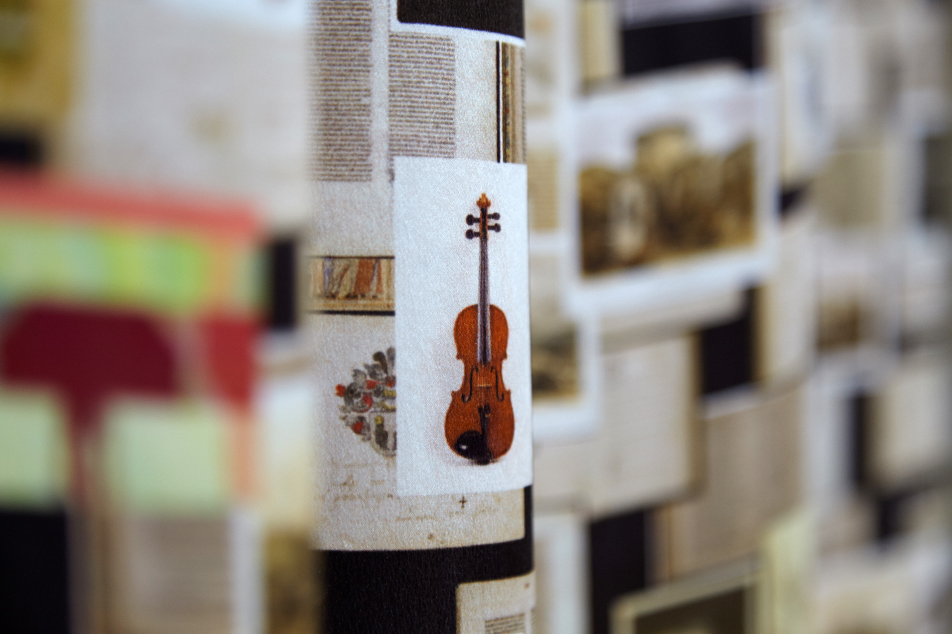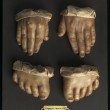Home University of Edinburgh Library Essentials
April 19, 2024
Fabienne Hess: Hits and Misses
Posted on August 11, 2015 | in Collections, CRC, Featured, Library, Library & University Collections, Research & Learning Services | by Scott Renton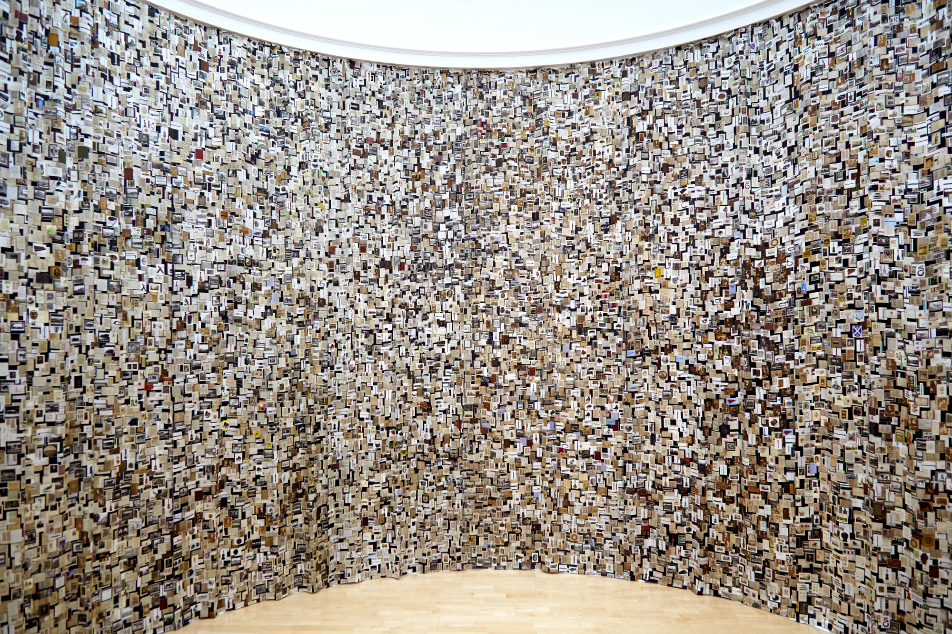 The exhibition Hits and Misses by Swiss London-based artist Fabienne Hess opened in the Talbot Rice Gallery on Thursday 31st July. Please try and catch it; it’s on till 3rd October.
The exhibition Hits and Misses by Swiss London-based artist Fabienne Hess opened in the Talbot Rice Gallery on Thursday 31st July. Please try and catch it; it’s on till 3rd October.
Why is a Digital Developer blogging on an art exhibition, you might well ask? Well, Fabienne’s work is heavily informed by technology, and is particularly interested in the debris kicking around on people’s computers, but she was also hugely interested in doing something with our vast digital image archive, served up by the LUNA platform at images.is.ed.ac.uk.
Her main point of contact in the Library was Neil Lebeter, curator of the Art Collection. Neil says:
“I was first contacted by Stuart Fallon at the TRG about working with Fabienne back in February. The three of us met after work one day to have a quick discussion about Fabienne’s other projects and initial thinking for her exhibition at the gallery. She first explained about a project involving printing the contents of her computer recycle bin onto a huge piece of fabric and then asked about the variety and number of digital images in the University’s collections. It would be fair to say that my initial reaction to the prospect of printing all publicly available images onto a huge piece of silk was of amazement and fear in equal measure. We’d never really done anything like this before, but I thought that we had to at least try. Particularly given conversations in the L&UC Cross Cutting Groups and the notion of freeing up our digital assets, this seemed perfect and very timely. It has taught us a lot about our collections – not least that they are very beige when looked at en masse!”
Fabienne’s main exhibit is fascinating: it comprises large collages of our images, carefully and deliberately arranged, and printed onto huge drapes, which take up a whole room. It looks magnificent, as these photographs prove, but this is just part of the collection, and not necessarily the part that piques her interest most. Once I started talking to Fabienne it was clear there was more to this work!
When Neil contacted me about providing the images, it looked like I was initially just going to provide the publicly-available LUNA images (and withdraw the ones that shouldn’t be: one of the great ironies of Neil’s involvement was that the Art Collection has too many copyright issues to be part of the piece!). However, Fabienne also wanted to be able to project a display of most-hit and least-hit images in the collection. We had suggested doing something with our tagging games for this at Library Labs, but she was interested in something even more basic: clicks, not tags. “Most hits” was very straightforward- I simply directed her to Google Analytics and gave her higher-res files suitable for on-screen projection, but what could we do about “least hits”? Google Analytics isn’t very interested in URLs that have not been visited at least once. I realised we needed to do a database dump, calculate all the possible URLs that are in the platform, then write an Excel macro to find the ones that don’t match to anything in Google Analytics. Once this had been done, Fabienne had to take great care not to click on any of these URLs- as that would destroy any zero-hit status! The end result was quite interesting- some nice images have never been hit because they’re very new in the system- and now sit alongside the main exhibit on screens in the TRG.
Another output from the exhibit has been Fabienne’s online ‘sub-collection’ building, some of which can be seen on the Talbot Rice website here. Initially she attempted to use some of the new pattern-recognition software out there such as Lev Manovich’s amazing tools, but found herself immersing herself more and more in the collections and doing rather a lot by eye. Things like blank pages and corrupt images (I confess, I did send some stuff from the LUNA server that should have been deleted!) may make little sense on their own, but seen in context of mass, can look quite beautiful. We could take some of this kind of association to collections.ed.ac.uk– keeping the academic searching tools, but allowing users to navigate by patterns and colours, much as the Rijksmuseum are doing.
I’ll let Neil have the last word!
“Fabienne was in the really unique position of having a bird’s eye view of the collection. Very few people get that kind of insight into the mass; we tend to concentrate on the detail. It must have been beyond daunting to have so many tens of thousands of images in front of you – where do you even start? The sub collections that followed are a really great addition to this and a way of navigating the chaos. I think the final result looks stunning and I’m really glad that everyone got behind the project and supported it.”
Credit has been given to everyone concerned, but I would like to mention Susan and Malcolm at the DIU in particular, as their photography has been absolutely fundamental to the work!
Scott Renton- Digital Development
Images above are copyright Chris Park and Fabienne Hess, August 2015.
Collections
 Archival Provenance Project: a glimpse into the university’s history through some of its oldest manuscripts
My name is Madeleine Reynolds, a fourth year PhD candidate in History of Art....
Archival Provenance Project: a glimpse into the university’s history through some of its oldest manuscripts
My name is Madeleine Reynolds, a fourth year PhD candidate in History of Art....
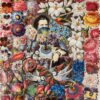 Rediscovering the Poetry of Louisa Agnes Czarnecki, a 19th-Century Edinburgh Writer and Musician
Today we are publishing a blog by Ash Mowat, a volunteer in the Civic Engagement...
Rediscovering the Poetry of Louisa Agnes Czarnecki, a 19th-Century Edinburgh Writer and Musician
Today we are publishing a blog by Ash Mowat, a volunteer in the Civic Engagement...
Projects
 Giving Decorated Paper a Home … Rehousing Books and Paper Bindings
In the first post of this two part series, our Collection Care Technician, Robyn Rogers,...
Giving Decorated Paper a Home … Rehousing Books and Paper Bindings
In the first post of this two part series, our Collection Care Technician, Robyn Rogers,...
 The Book Surgery Part 2: Bringing Everything Together
In this blog, Project Conservator Mhairi Boyle her second day of in-situ book conservation training...
The Book Surgery Part 2: Bringing Everything Together
In this blog, Project Conservator Mhairi Boyle her second day of in-situ book conservation training...


